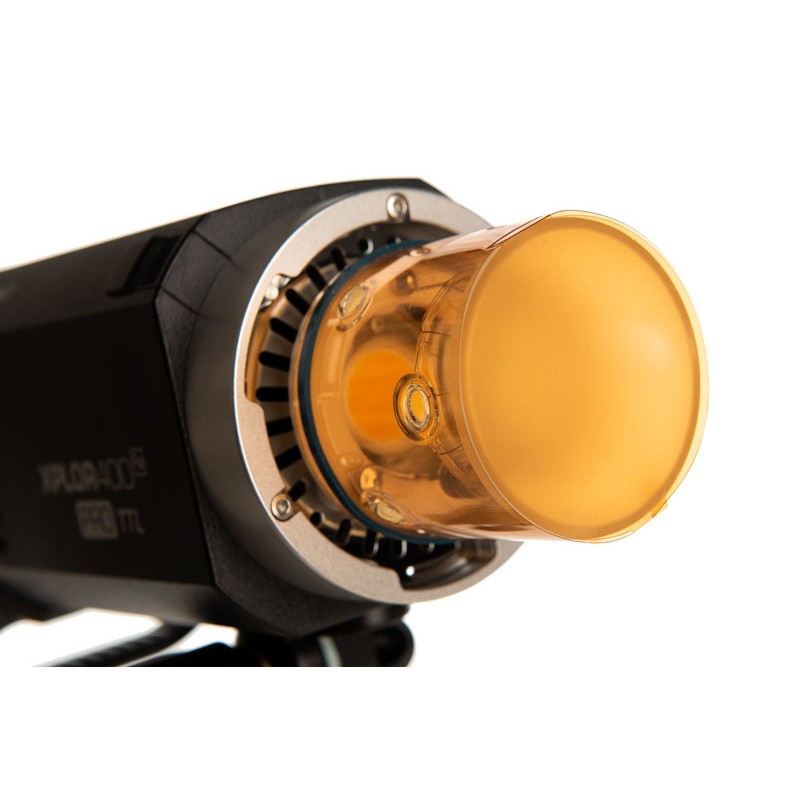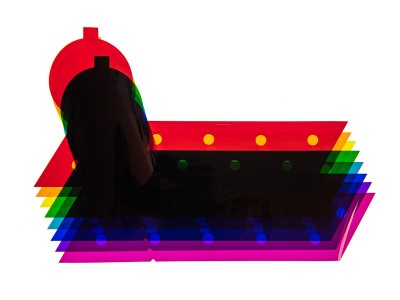

- Using gels on strobes to prevent colorcast how to#
- Using gels on strobes to prevent colorcast skin#
- Using gels on strobes to prevent colorcast full#
- Using gels on strobes to prevent colorcast pro#
Hue shifts from a yellowy green to a more aqua green, and saturation makes the color more vibrant or subdued. From here, use the Hue, Saturation and Luminance sliders to modify the quality of the greens in the image. Click Color to access specific color controls and then click on the Green thumbnail to isolate the green tones in the image. To access these tools, look for the HSL/Color heading in the Develop module. Lightroom offers a great set of tools to simply and easily modify the color balance and saturation of an image, including the ability to fine-tune specific colors-like greens in skin. If your green cast isn’t caused by your light source but rather reflected from your surroundings, you’ll have to try repairing it on the computer.


Using gels on strobes to prevent colorcast full#
In most cases, a quarter gel is plenty, and rarely will a full minus green be necessary.
Using gels on strobes to prevent colorcast skin#
Available in eighth, quarter, half and whole opacities, these magenta-ish gels minimize the green spike and make for more appropriate skin tones. As Tony Reale points out in the above video, this workflow isn’t perfectly accurate by any means, but it will certainly help you to get the job done and save you some of the headaches later in post.But, when that’s impractical, try gelling the fixture with a minus-green gel. That’s basically everything you’ll have to do to calibrate your cheap LED panels and improve significantly the quality of the emitted light. Once you find the perfect match for your LED light, you can jot down the required compensation values of the gels you’ve applied for each of your lights thus saving the hassle of repeating the same process on the next shoot. As a rule, this particular gels can also be combined with CTO or CTB filters to simulate the desired color temperature so don’t be afraid to experiment and see what type of results you can get. Depending on the particular bias light shows, you’ll need to utilize minus or plus green cine filters respectively to utterly eliminate the cast. Most inexpensive LED lights tend to show a green tint due to the fact that in the color spectrum green tends to be one of the brightest colors. After that, the solution is to gel the light with the color complementing its bias. This step should make any color tint instantly visible. To find the exact color bias, you’ll need to import the still image into Photoshop and bump the saturation all the way up. First and foremost, you’ll need to manually set your camera to the white balance of the LED light, then point it at a white wall and take a picture. A gel (see page 83) was also taped around the flash tube to create a warm. The concept behind this workflow is very simple indeed and shouldn’t take you more than just a few minutes. Keep in mind that being in front of the camera can very popular.
Using gels on strobes to prevent colorcast how to#
The following video produced by NextWaveDV will show you exactly how to do so and get the most out of virtually any cheap LED light you have at your disposal.

By getting rid of this tedious drawback, you’ll be able to capture some amazing images even when working on a shoestring budget. So, how do you get around that cost? Well, even using some dirt cheap LED panels could be a viable option as long as you take care of the dreaded color cast these units tend to produce. But the only problem is that the majority of these lights are still going to cost you an arm and a leg. There are two main types of colored gels theatrical, that we use to add a splash of accent colors into the frame, and color correcting those that help us change the color temperature of a light source and are a whole separate topic, which we will leave for another time. can turn off all the interior lights to capture photos without color cast.
Using gels on strobes to prevent colorcast pro#
There are loads of excellent pro level lights available on the market these days providing awesome power, second to none color accuracy and total flexibility on set. Keep in mind that just like any other type of photography, theres plenty of.


 0 kommentar(er)
0 kommentar(er)
